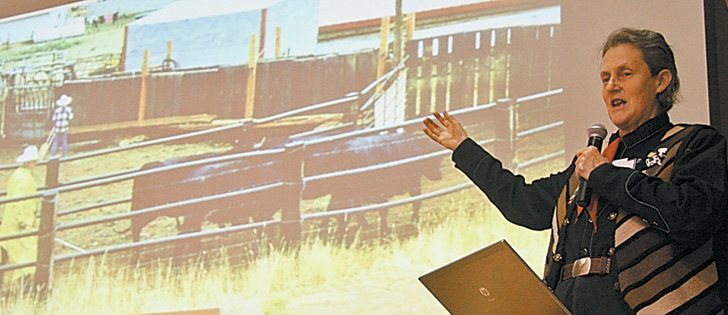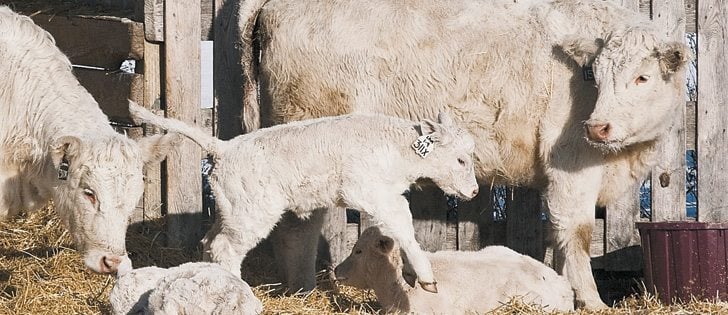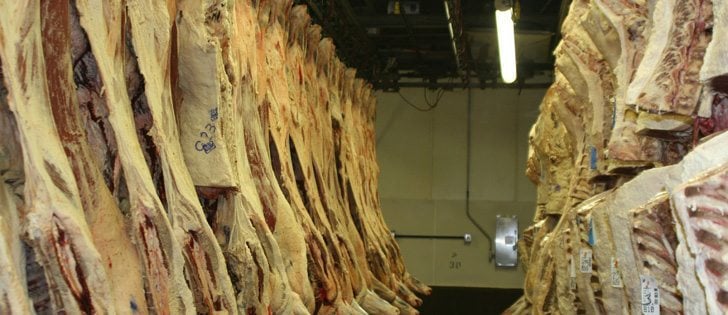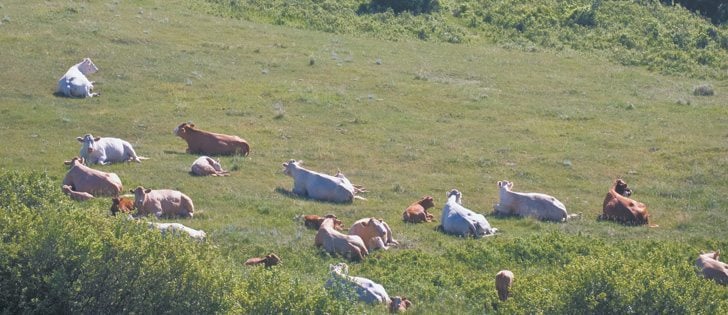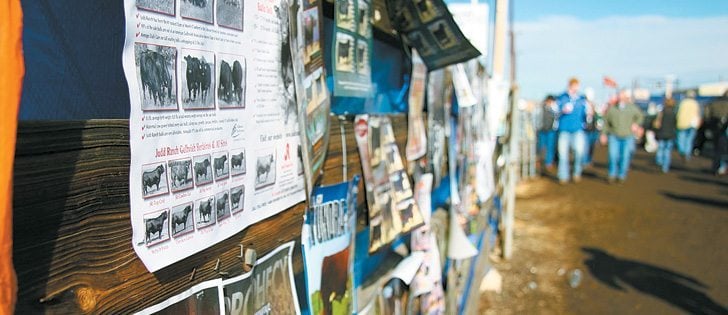Collect data | Pedigrees, genomic information, health records help make purchases
Using genomics to improve livestock is like the art of playing poker.
Probabilities and the environment often play major roles in building better livestock, said Genome Canada president David Bailey.
Genomics is the entire package of genetic information contained within the DNA and RNA of every living thing. It is made up of four elements called nucleotides: A,T,C and G. The order or sequence in which they appear makes up the foundation of life’s diversity.
Veterinarians such as Troy Drake think producers should consider genomics when buying bulls if they want to leap forward with their herd quality.
Read Also

Trump’s tariffs take their toll on U.S. producers
U.S. farmers say Trump’s tariffs have been devastating for growers in that country.
Producers assume they are buying good bulls and their qualities will be passed onto the offspring.
“They do not usually collect a lot of data on the progeny. They are just assuming those results are being passed through,” he said.
“There is a lot of faith when a producer purchases a bull as to what that bull is going to do for them because they really don’t have a recourse or a plan in place to measure the results.”
What is a good bull?
Producers look at breed, colour, pedigree, weaning, yearling weights and estimated performance from progeny.
“Prior to genomics and other tools we have at our disposal, the pedigree was the best form of genetic prediction,” he said.
Drake said comparing performance such as weight gain is sometimes a comparison of feeding programs rather than genetic ability.
“With all of these things, no matter how well you have done picking these traits, there is an environmental influence,” he said.
His practice offers a program to predict genetic outcomes with parentage testing to match sires to their calves. Producers who turn out a number of bulls can then correlate the individual bulls to the calves and assess how well they did after slaughter in terms of grades, weights and possible premiums paid.
Parentage testing also reveals how many calves a particular bull actually produced. It is not uncommon to find one bull sired six calves and another was responsible for 66.
A pedigree is a family tree and can include information such as weight gains and health treatments. It could reveal that certain cows that tend to have sickly calves could be traced back to the bull.
Producers might have to leave breed allegiances behind and instead classify sires into three categories: heavy muscle bull, calving ease bull and quality grade bull. A bull with all those qualities can be used to produce replacements in the herd.
Similar work can be done to improve cows by mating them to bulls that better match their qualities and produce better calves.
Seedstock suppliers could provide better data to buyers so they can match a bull to their cows rather than using other methods.
“There is a bit of fear amongst some of the seedstock producers to go down this road,” Drake said.
He suggested that some fear they could be imposters and are selling cattle that are not good enough.
“That is not the case. We have never seen that,” he said.
Pedigrees, expected progeny differences and genomic feedback can add value when making recommendations on bull purchases.
Genetics can also be used to improve animals’ ability to handle disease, said consultant Sean McGrath of Vermilion, Alta.
It is a mistake to compare genetic data on mixed groups of cattle that came from different farms and management programs.
“The type of data we need starts at birth and associating cattle that were raised together as common groups,” he said.
The differences are genetic if the environment is the same.
Performance and health records are already available on individuals, but the information is rarely shared or traced back to a pedigree. More data is needed on the incidence of diseases and fertility problems.
However, the purebred industry has made considerable strides in selecting for quieter temperament, calving ease and polled animals. These animals are less stressed and less likely to get sick.
Calves that had difficult births are more susceptible to disease because they are stressed and probably weaker.
“As breeders have made progress on calving ease, they have indirectly made some selection in improvements to resistance,” McGrath said.




